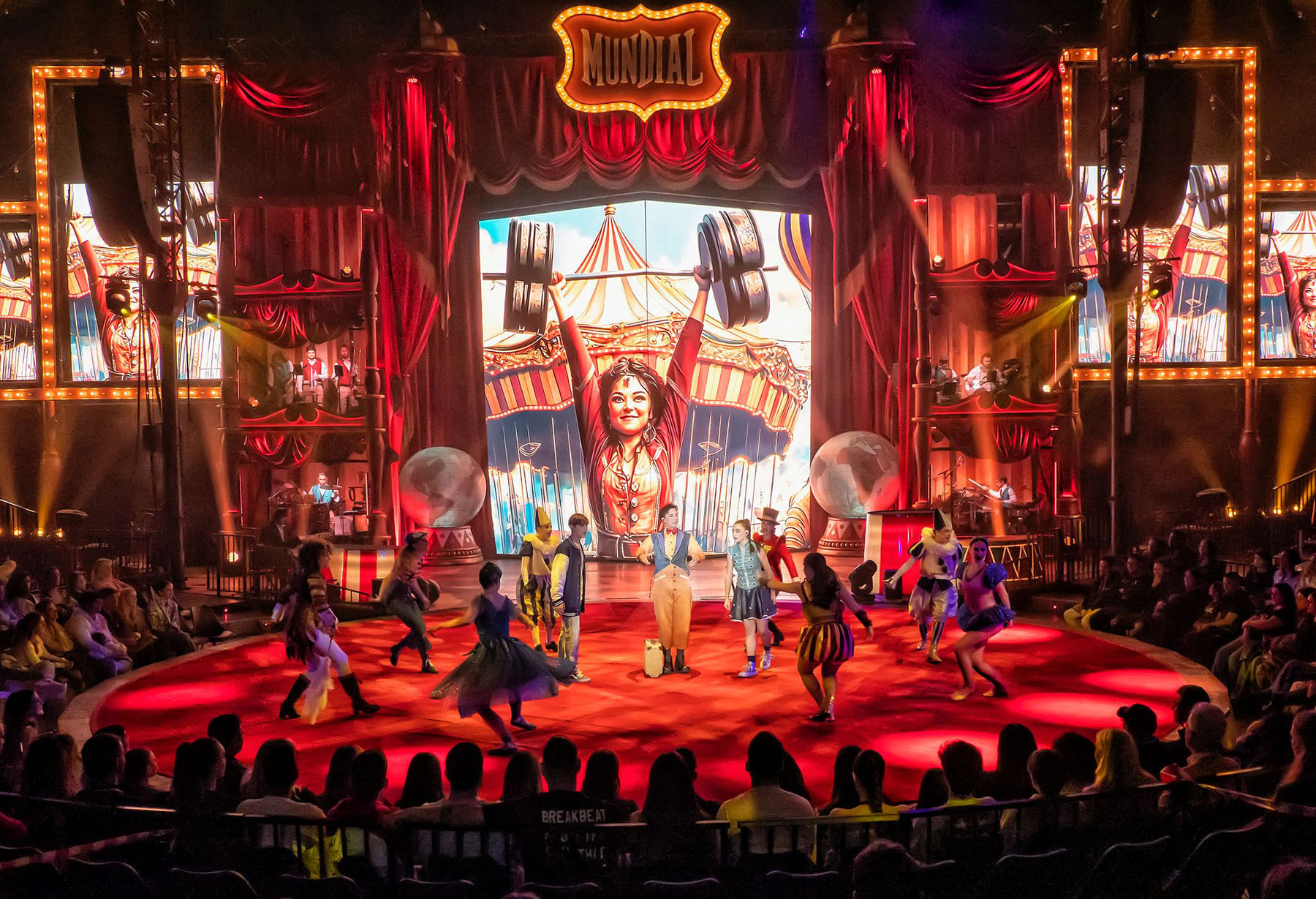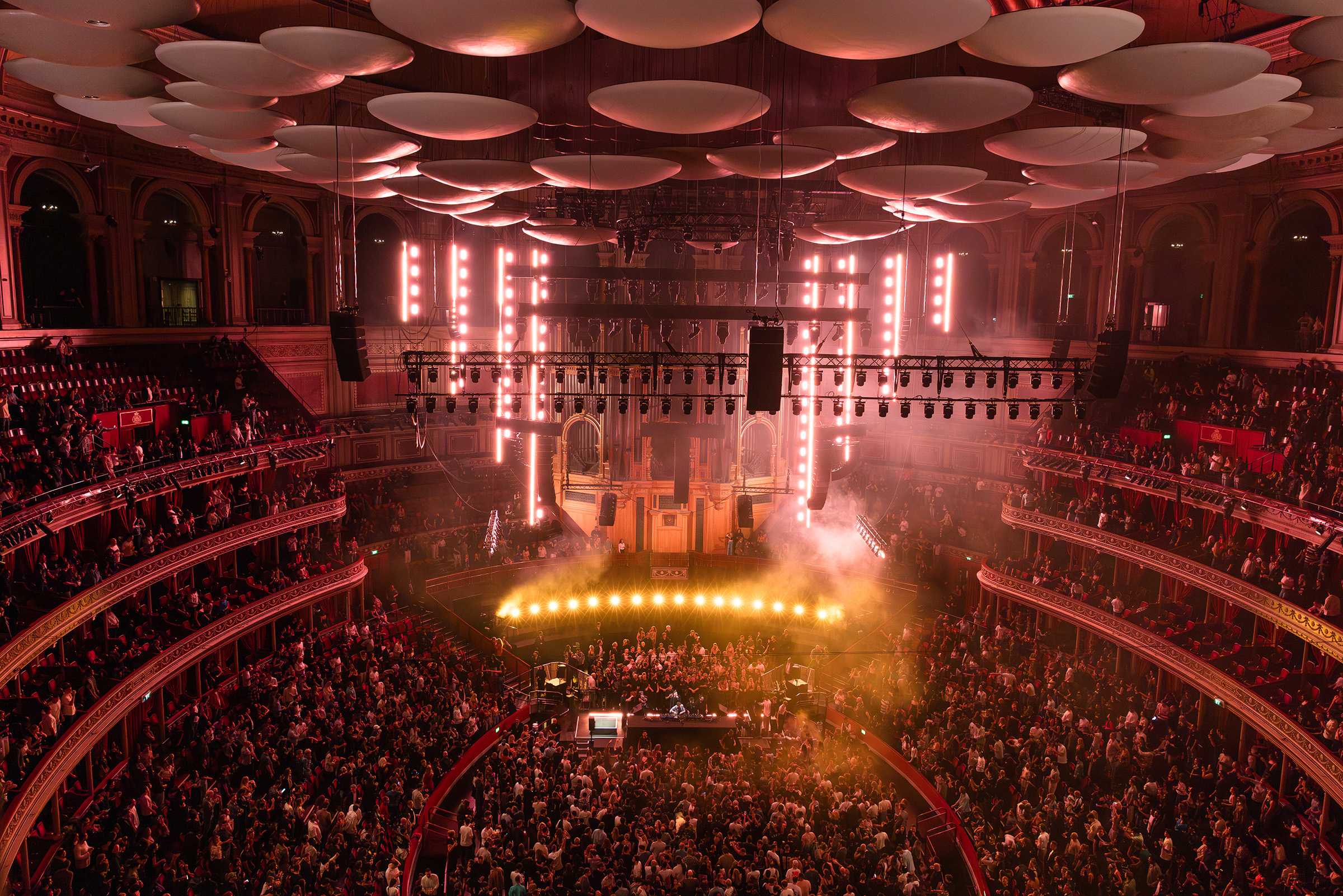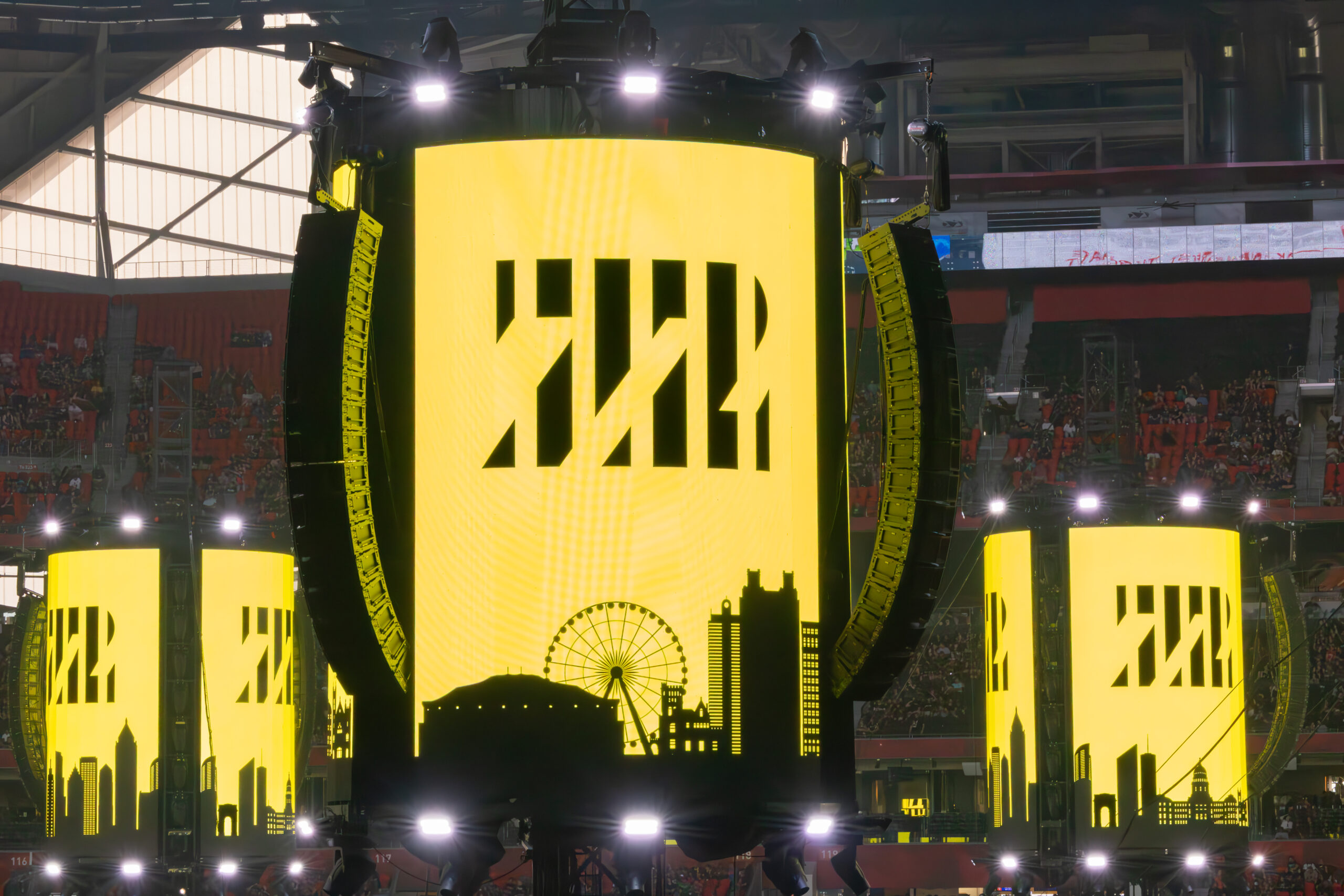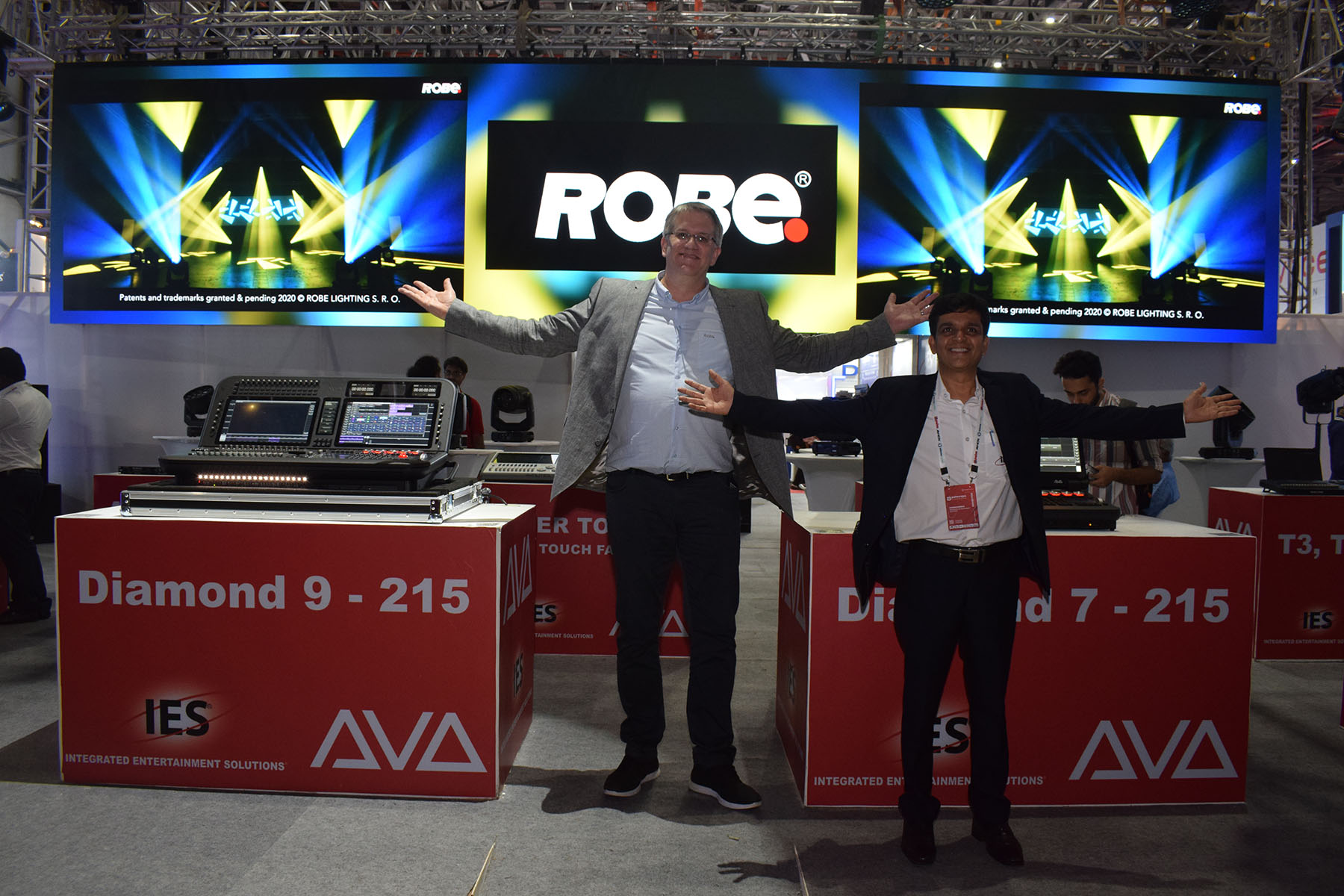DOHA, U.A.E. – Al Laith Event Services built a 2,000-capacity open air theatre for the 2010 Doha Tribeca Film Festival (DTFF) on the esplanade at Katara in Doha. The temporary structure featured 14 steel arches measuring up to 85 meters in width and 26 meters in height. It was designed by Jeremy Thom, the production designer for the DTFF event, and weighed in at about 100 metric tons.
Along with seating, the structure housed a 23-meter-wide screen for a world premiere, the stage for the 88-piece Qatar Philharmonic Orchestra and several technical areas for sound, lighting and projection and backstage facilities including dressing and green rooms. Jo Marshall managed the project for Dubai-based Al Laith.
The orchestra provided a live performance of a soundtrack composed by Nitin Sawhney to the 1929 classic silent movie, A Throw of Dice. The event also featured live performances, other film screenings and a finale concert performance.
The arches were constructed from Serious Stages' Space Truss, provided through the Event Services division of the company, which launched in March 2010. That division is supported by a partnership between Al Laith, Serious Stages and Atlantic Enterprises from the U.K.
The equipment to build the Katara Open Air Theatre, adding up to about 1,200 metric tons, was road-freighted from Dubai in 62 trucks via Saudi Arabia. The basic structure itself took two weeks to erect, and the whole project was delivered from conception to completion in just two months.
The DTFF is administered and organized by a cultural partnership between the Doha Film Institute and Tribeca Enterprises, founders of the Tribeca Film Festival in New York City. It celebrates contemporary Arabic film-making and also runs an extensive educational program and competitions for aspiring film makers.
DTFF director Michael Petrovitch sought out the temporary structure on the site near the Katara Cultural Village development, which is nearing completion. Jeremy Thom, also based in New York, was inspired by the curving shape of the esplanade itself, and designed the arches to fit in harmoniously with the site's environs. "I wanted it to be fluid and have an organic feel, so squares, sharp angles and anything harsh or insensitive was out," he noted.
The venue design was already evolving when Thom visited Al Laith's facility in Dubai, discussed his ideas with Jo Marshall and looked at the available materials. That's when Thom saw the Space Truss and chose it as a solution for the temporary structure's unique curvilinear design.
Thom collaborated closely with Dragan Kuzmanov from Al Laith/Serious Stages on the temporary structure's engineering and custom build requirements.
Jo Marshall credited Al Laith for its ability to assist with "an amazing experience, from which everyone has learned. The atmosphere and camaraderie on site was incredible, and everyone is very proud to have been involved in creating a distinctive and beautiful structure for this landmark event."
Al Laith's 50-man crew included 35 from Dubai and 15 riggers from Serious Stages and Atlantic Enterprises from the U.K. John Wilson was the project manager for Serious Stages and Jeremy Mosdell served as roofing coordinator.
The first two arches of the structure were 45-meter-wide semicircles positioned 4.5 meters apart. They housed the projection platform in a freestanding structure to keep vibrations to a minimum. This area also served as the audio and lighting control areas, and it was equipped with an elevator to service the projection/control booth.
The screen itself was housed in a 40-by-20-meter arch, with Boston Light & Sound, a Tribeca Film Festival production partner, providing 35mm and digital projection.
The audience section of the structure, including 300 VIP seats, was in the open air under the stars, with no roof skins over the arches. Moving around the structure from all angles, the visual interplay of the arches added to the design's aesthetic.
Antoine van de Wiele and the team from ArScene Evolutions based in Cannes, France provided many of the cosmetic finishing touches, including dressing, cladding, branding and the application of graphics.
John Adkins served as production manager and the lighting was designed by Adam Bassett, who sought to celebrate the temporary structure's "shape and enormity" with his design. Each individual arch was illuminated with 130 PAR cans supplemented with a Vari*Lite VL3500 Wash luminaire at its base.
The arches also provided lighting positions for an audience and stage lighting system. PRG supplied the rig, which included more than 120 moving lights. The crew opted to dead hang each fixture individually on the arches to enhance their shape as a design motif.
Doha-based CCG also worked on the project, providing some lighting and also the two PA systems used for audio requirements of the films and live music performances.
The atmosphere on site during the build was extraordinary, and remarked upon by everyone.
"It's been a great experience working with a world class group of people on this. Everyone has just got on with what they have had to do, and morale was really high from Day 1," said Adkins, the production manager.
"It was hugely ambitious to design, engineer and build this in two months, and the amazing teamwork that resulted was truly inspirational," said Petrovitch. "Our client in reality was the people of Qatar – and that was our big picture – bringing something to Qatar that could engage and appeal to everyone."
For more information, please visit www.allaith.com.








